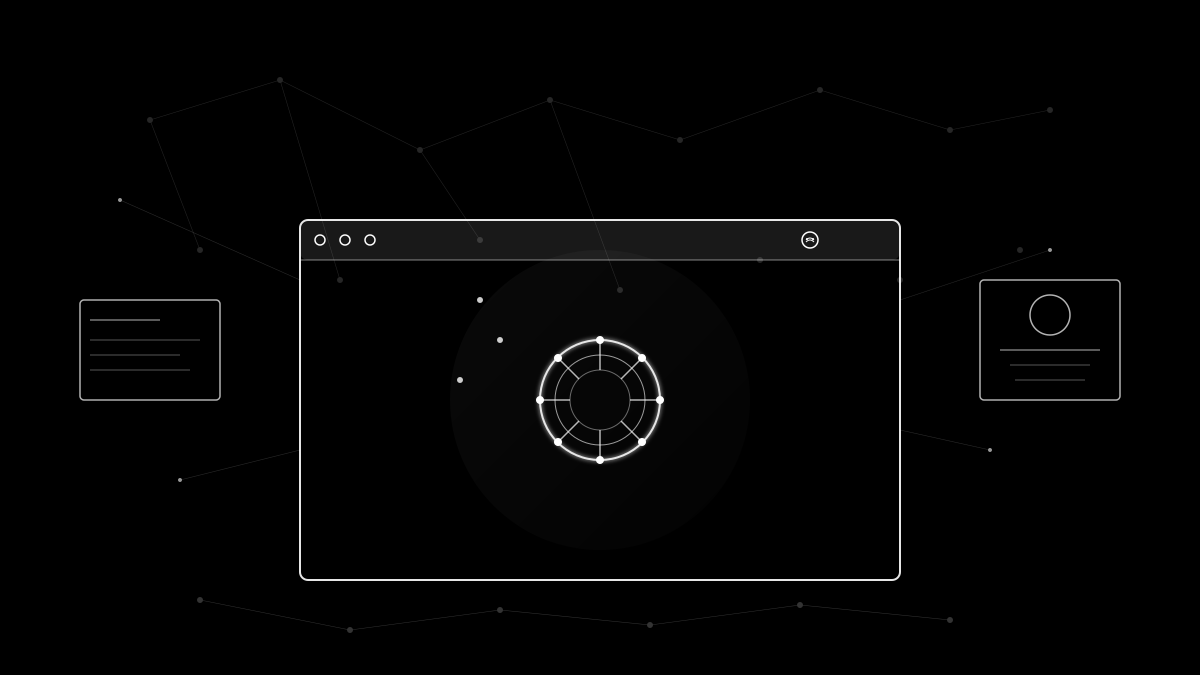The web browser—once a simple tool for loading pages—is undergoing its most significant transformation since the introduction of tabs and bookmarks. In 2025, a new generation of AI-powered browsers is emerging, with major players like OpenAI launching ChatGPT Atlas, Perplexity introducing Comet, and The Browser Company releasing Dia. These aren’t just traditional browsers with AI features bolted on; they represent a fundamental reimagining of what browsing means.
Beyond search: Browsers that understand
Unlike traditional browsers that simply load pages, AI browsers integrate language models directly into the browsing experience, understanding content in real-time and acting as intelligent assistants embedded in every tab. The difference is profound: instead of searching for information and manually sifting through results, users can now ask questions in natural language and receive synthesized answers drawn from multiple sources.
Perplexity’s Comet browser exemplifies this shift, offering an AI-first approach where users can query open tabs, summarize content, and automate complex tasks like booking flights or scheduling meetings. Meanwhile, OpenAI’s ChatGPT Atlas brings the power of ChatGPT directly into the browser, featuring a sidebar that automatically understands whatever content appears on screen—eliminating the constant copy-pasting users do to provide context to AI chatbots.
The rise of agentic AI
Perhaps the most revolutionary feature of these new browsers is “agentic AI”—the ability to carry out tasks inside the browser on behalf of users, such as browsing webpages, extracting information, collating it in notes, and sending those notes via email. Users can instruct these browsers to track flight prices and automatically book when they hit a certain threshold, research topics across dozens of tabs, or even navigate through websites to complete multi-step tasks.
The Browser Company’s Dia, launched in beta in 2025, features a URL bar that doubles as a navigation, search, and AI prompt interface, with context-aware capabilities that can summarize open tabs, draft content in your style, or automate online shopping tasks. While the technology is still maturing—early testing suggests only “slight efficiency gains” in some cases, with users sometimes watching agents slowly click through websites—the potential is undeniable.
A new browser war
This surge in AI browsers has reignited browser competition not seen since the early days of Chrome and Firefox, with Opera introducing Neon, Microsoft enhancing Edge with Copilot capabilities, and numerous startups like SigmaOS entering the space. The stakes are high: browsers represent how billions of people access information, and AI fundamentally changes that interaction model.
For web developers and content creators, this shift raises important questions. As AI increasingly mediates between users and websites, the traditional open web may evolve significantly, with websites potentially becoming less important as browsing becomes controlled by AI interfaces and chatbots. The implications for web standards, content discovery, and the internet ecosystem remain to be seen.
Onward
While the technology shows immense promise, challenges remain. Current AI browsers show significant accessibility barriers and performance gaps, with most advanced capabilities locked behind paywalls that limit adoption. Privacy concerns also loom large, as these browsers often need to process browsing history and on-screen content to provide personalized assistance.
As we stand at this inflection point, one thing is clear: the browser of 2025 looks different from its 2020 predecessor. Whether you’re ready to embrace AI-first browsing or prefer traditional navigation, the transformation of this essential tool is reshaping our daily relationship with the internet—one intelligent conversation at a time.

Hi, I’m Eunice, and I’m an AI enthusiast. I’m here to provide brief but useful guidance to either get you started or help you hone your AI skills.
